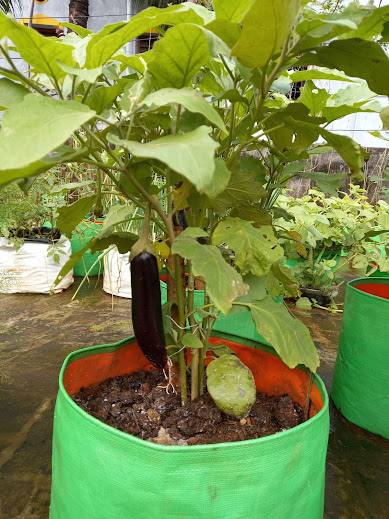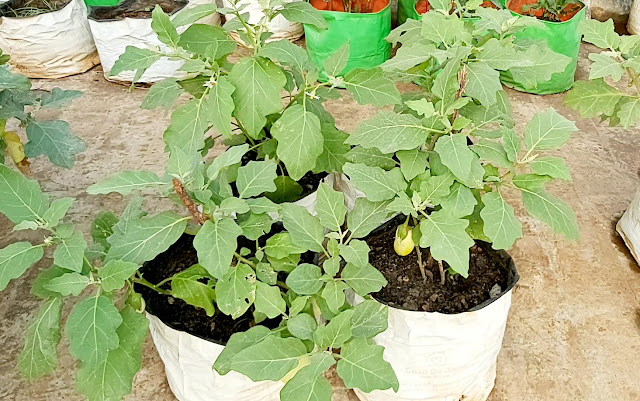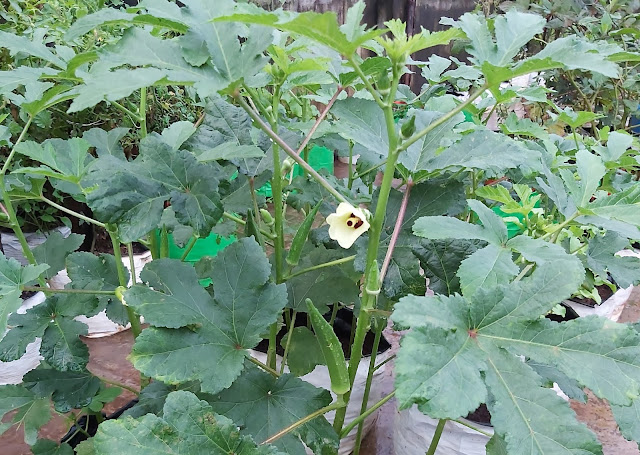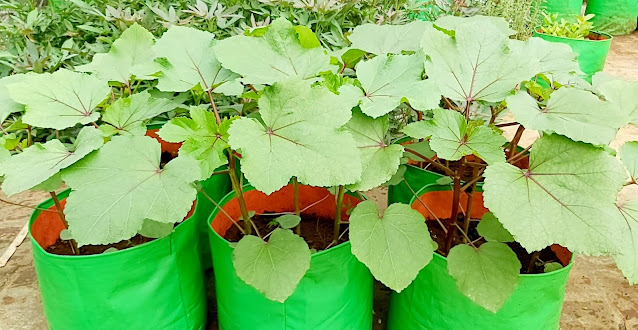Harvesting Brinjal

Harvest 65 to 80 days after transplanting , depending on the variety . The skin of the fruit is shiny and unwrinkled and a uniform color when it is ready for harvest As soon as the skin does not rebound to gentle pressure from your finger , it’s ripe. Japanese eggplant may be ready to harvest when the size of a finger or hot dog Cut the fruit with a sharp knife or pruning shears close to the stem, leaving about an inch of it attached. Once ready , eggplants are harvested at least once per week, preferably twice a week.





